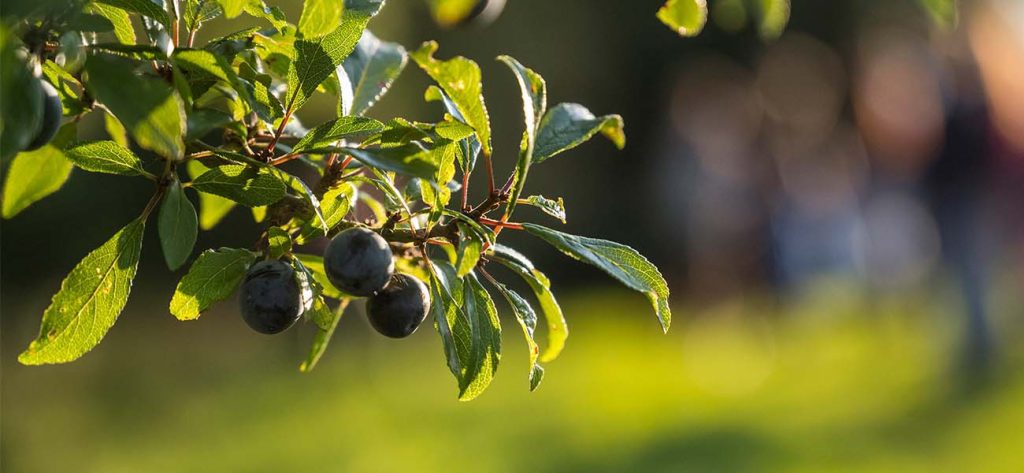Popular Science asked us about Fire Starters
Whether building a fire outdoors or starting one in your wood oven or fireplace, a fire starter makes it easy to get a small flame…

14th September 2023
The title of this article is inspired by a question that I’ve come across many times on foraging forums and the courses that we have run. Traditionally sloes were picked after the first frost, and were then pricked before infusing into alcohols or made into jams and other preserves. This may sound like an old fashioned superstition with little scientific proof, but actually there is a lot of sense in it. In a good year Sloes are best picked in Autumn as the fruit skin become thinner as the berry ripens and after the first frost (which was usually in October or November) the berries won’t ripen much more as there is generally less sunlight. During a frost the action of the water in the fruit freezing and then thawing also bletts the fruit, damaging the cell walls and releasing more of the juice within.
Sloes are the fruit of the Blackthorn (Prunus spinosa), a shrubby tree found commonly in hedgerows and forming impenetrable scrub across the UK. Related to plums, they have an astringent quality which sucks all moisture out of the mouth upon biting into the raw fruit. You may ask why it is that people target sloes so prolifically and keep the location of their best sloe patches a carefully guarded secret. The main reason is gin. Sloe gin is probably the most well known use for sloes and one of those recipes that it is hard to get wrong. There are still prime versions of Sloe gin, that often occur when you have measured none of the ingredients and gathered the sloes in a location that you will never find again, but even when you don’t make an excellent batch, it will still be a good drink.
In order to get the most out of your sloes you need to get as much of the flavourful juice out as possible. Where this used to occur naturally in Autumn as the berries went through the freeze-thaw action of the first frost, nowadays most people prefer to use a freezer. Sloes are ripe far earlier than the first frosts these days, to check on the ripeness of these delicious berries, squeeze them gently between thumb and finger and feel them ‘give’ a little, as you would with any other stone fruits. They should also be a dark purplish/black colour under the cloudy bloom which coats the skin. The timing of this stage varies by a couple of weeks each year, as I write this I am planning my first sloe-picking of the year at a local patch, but last year I wasn’t out until October.
Collect what you need, take them home and give them a rinse to remove any unwanted critters or bits of muck, and then put into bags and freeze for at least one long night before using. The final step to really help is when you remove the bags from the freezer, allow them to defrost just a little and then rub the bag between your hands so that the sloes scrub against each other. This will break up the skins a bit more and in our experience functions as pricking the skins would, allowing the juice to escape that bit quicker when you start your infusion. Don’t worry about waiting for them to fully defrost before using either, you can put them straight into an infusion or gently heat to defrost if you are cooking with them.
With over a decade of experience working outside in the UK doing everything from dry stone walling to tree planting and carrying out wildlife surveys. Amy is our resident ecologist and wild food enthusiast, and also works as a consultant for various brands and wildlife organisations. Amy lives in North Wales.
A Life More Wild is the philosophy which underpins everything we do.
It encompasses practical skills, personal development, community learning and a journey to live more intentionally.
Whether building a fire outdoors or starting one in your wood oven or fireplace, a fire starter makes it easy to get a small flame…
In Tips From An Instructor we share useful snippets of knowledge to make outdoor skills that little bit easier. In this episode Richard explains why…
If you plan on transplanting snowdrops from one location into another, the best time of year to do this is as the leaves are fading…
Snowdrops are a beautiful, with their nodding white bell shaped flowers which secret away the intricately green lined centre underneath.
